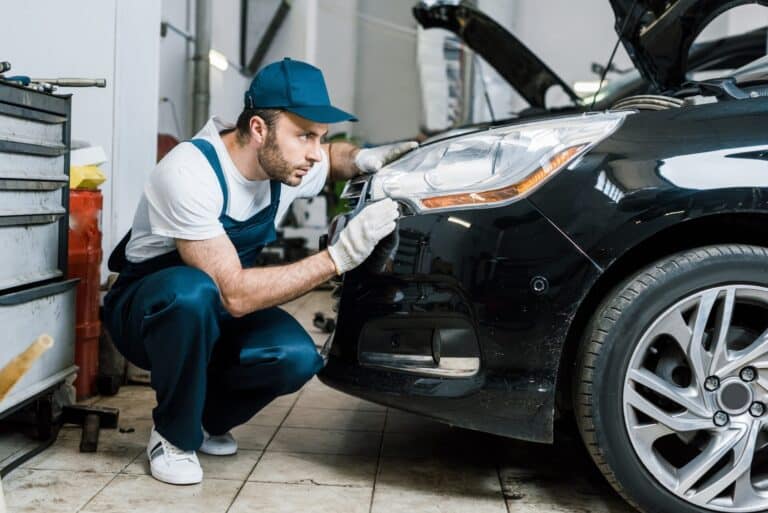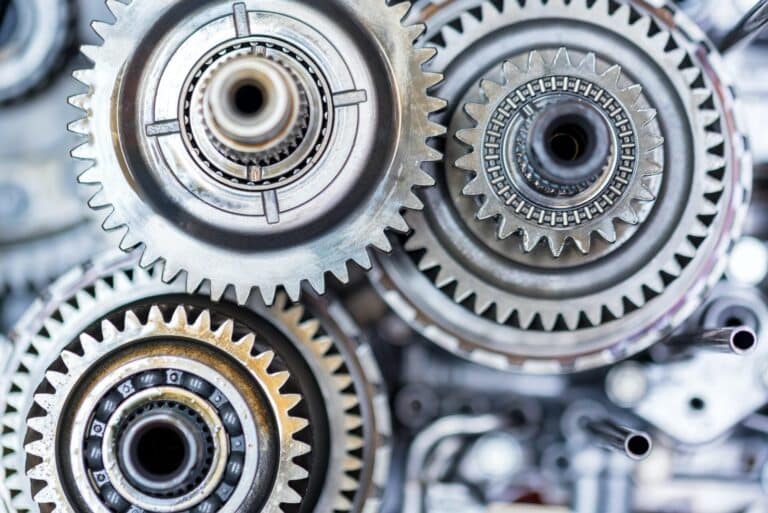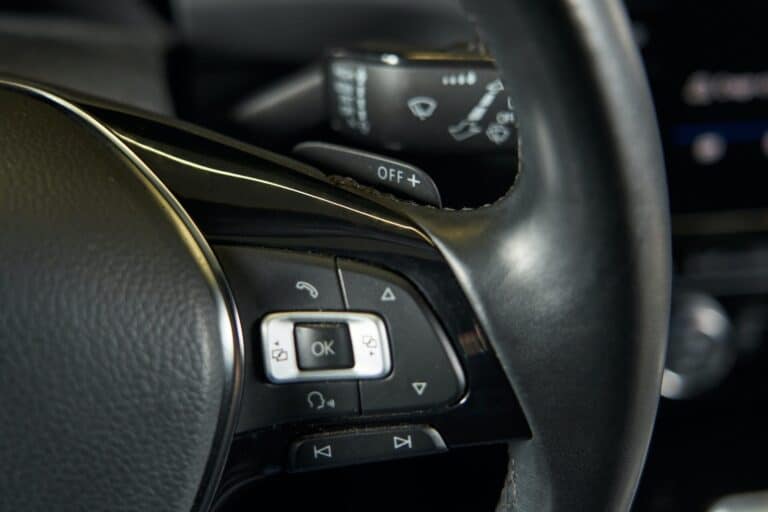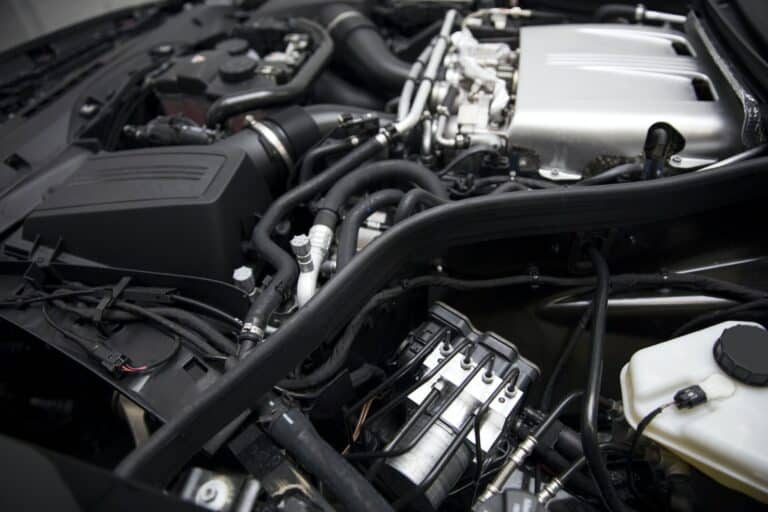RAM 1500 Front Sway Bar Upgrade (Beginners Guide)
A sway bar serves as an anti-roller and doubles as a connector for joining the right and left wheels on a car, thereby increasing the directional stability of your car.
They are, however, installed differently due to the type of sway bars being used, which are mostly either hollow sway bar or solid sway bars.
In this article, I will highlight the significant steps on how to upgrade the 1500 RAM front sway bar and the reasons why you should upgrade it.
The RAM 1500 can be upgraded by disconnecting old end links and sway bars from your vehicle and replacing them with new sway bars and end links. Then, readjust and do a test run after installation to check if it has been installed correctly.
Do Upgraded Sway Bars Make A Difference?
Of course, most upgraded sway bars with a sway bar link or sway bar bushing enable the stabilizer bar and attach it to the suspension.
The sway bar link and sway bar bushing help absorb the energy needed for the car to take up.
Upgraded sway bars improve car weight stability by enhancing body weight.
In other words, this means that sway bars enhance a vehicle’s handling when you are driving on unfamiliar roads or around multiple twists, turns, and corners.
What Do Upgraded Sway Bars Do?
Upgraded sway bars enable suspension and cause a more significant improvement, especially in cars without rear space bars.
Installing new sets of sway bars that are entirely different from the initial bars used on your car is the easiest way to upgrade your suspension.
Well, upgraded sway bars do not tend to result in a stiff drive. They only complement the suspension but do not go more extensive than that.
Hence when installing or upgrading your sway bars, endeavor to check their size and compatibility with your car so that you don’t go too big.
Do Bigger Sway Bars Affect Ride Quality?
Yes, most cars and trucks with big tires, enhanced car shocks, and stickier tires efficiently use larger sway bars, enabling you to drive aggressively.
In addition, your truck ultimately benefits from the bigger sway bars or anti-roll bars you have installed on it. In other words, the bigger the sway bars, the better the drive quality.
Are Hollow Or Solid Sway Bars Better?
Hollow sway bars are lightweight, efficient, reliable, and very strong. They should be your first choice if you are always in a hurry when driving.
Most performance cars and muscle vehicles are made of pre-installed front and rear hollow or solid sway bars.
Sadly, these pre-installed sway bars have minimal diameters. So when rolled out of a showroom, they could still have some sloppiness and body roll.
It is not uncommon to see people daily searching the aftermarket or companies for better and upgraded sway bar technology and better driving experience.
A sway bar is installed on a vehicle to reduce body weight when navigating different unpredictable corners on the road.
It shares the vehicle’s weight between the right and left wheel, thereby keeping the car glued to the ground.
Therefore, the sway bar makes driving comfortable as the wheels become suspended. However, an incorrect installation could lead to over-stiffness.
A stiff ride would make you feel the impact of every pothole, road bump, and sudden road shock.
Contrarily, a sloppy anti-roll bar is not efficient in controlling body weight or improving handling.
There are majorly two types of sway bars, the Hollow sway bar and the solid sway bar.
The hollow bar is otherwise known as a tubular sway bar and is often straight or made in a U shape with metal bars.
They are hollow in nature, which differentiates them from the solid bar.
For instance, a hollow bar with a measurement of 1⅜ is equal to a solid sway bar measurement of 1¼.
In addition, the hollow bar is at least 6% stiffer and 43% lighter than any solid sway bars.
The hollow sway bar has also been modified into standard equipment found in Silverado pickups, ZR1s, and other types of cars.
Hollow bars are also more efficient, light, and precise. In addition, its tubular design makes twist resistance better.
One of the best ways to achieve stability, better handling, and enhanced traction is to replace the solid sway bars with aftermarket hollow anti-roll sway bars.
However, both the solid and hollow bars have similar installation procedures. They create stiffness and provide torsional strength to performance vehicles.
The hollow bar is very light in weight. They beat down the vehicle’s weight by removing non-essential materials from the solid bars and transferring them to the exterior part of the vehicle.
This is done without reducing the strength of the sway bars but rather causing it to increase.
When deciding which of the two sway bars is best, some essential factors should not be overlooked.
They include the type of car you own, whether it is a truck, a pick-up, an SUV, or a race car.
The driving patterns and paths are another factor to consider, and lastly, your personal needs and expectations for upgrading your sway bar.
Cheap low-end sway bars are slight upgrades of aftermarket anti-roll bars.
Some of the cheap low-end sways are often not tested well enough but do not reach the expected standard.
A standard sway bar must undergo several tests on the track and off roads.
It should also have better-handling performance and ride quality and be capable of being adjusted.
Finally, since sway bars are pretty expensive, ensure that no matter the type you choose to install on your car, it is durable, compatible with your vehicle, and satisfies your personal needs.
Most experts and professionals recommend that right after installing stiffer sway bars, you should get the correct tires that suit your driving skills.
Also, check the compatibility of the sway bars with the springs on your vehicle, and adjust your wheels to align or fit into your vehicle with the new bar.
Do Sway Bars Increase Grip?
Sway bars refrain cars and vehicles from having excessive rollovers and body rolls. They make turning cars safer and make them more stable.
They do this by ensuring that the wheels on the cars turn with complete contact on the road as you drive.
The sway bars compress the exterior suspension while the interior suspension stands out.
This is majorly for any kind of car ranging from SUVs to even sports cars, to enhance vehicle performance.
The primary function of the sway bar is to share the car’s weight from the left wheel to the right wheel, depending on the direction in which the car is turning.
The sway bar is usually connected to the control arms and acts as a suspension for the cars. It, therefore, acts as a stiffener and weight opposer.
This, however, depends on the strength and thickness of the sway bar. Generally, they improve the rigidity and torsional strength of cars.
So if you’re asking if sway bars increase the grip on cars, then yes, it does increase the grip on all vehicles. It also reduces body rolls and gives comfort when driving.
Upgraded sway bars work perfectly for tall vehicles with much greater body roll. So much body weight left uncontrolled could cause harm or make driving difficult.
Most modern cars have a kind of sway bar particular to their models to help improve safety and handling to a secure level.
Many high-ranking companies and professional car engineers have modified and upgraded sway bars to reach a level where they can directly respond to the steering and balance the weight of your vehicle on its own.
This feature is efficient in reducing or increasing oversteering and understeering.
This is done when the inner part of the sway bar link is put inside the end of a sway bar which is done or achieved using a hard or soft setup.
Should I Upgrade My Sway Bar?
Whether or not you decide to upgrade the sway bar on your car is entirely up to you.
Stiffer sway bars on vehicles are more efficient and create a better driving experience.
Upgraded sway bars are also essential for tow vehicles and performance vehicles.
However, upgrading your sway bars does not guarantee that you will have a better driving experience, nor does it suggest that constantly increasing the stiffness of your car is going to be beneficial.
Installing sway bars requires precision and delicateness. Some of the tools used in installing sway bars include; Ratchet, Jack, Pry bar, a Wheel chock, and a Lug wrench.
Final Thoughts
A RAM 1500 front sway bar is upgraded by using a bar link kit to remove old sway bar links and sway bars.
The ride quality is usually affected by the size of the sway bar. Sway bars are essential for controlling rollovers and excessive body rolls.






